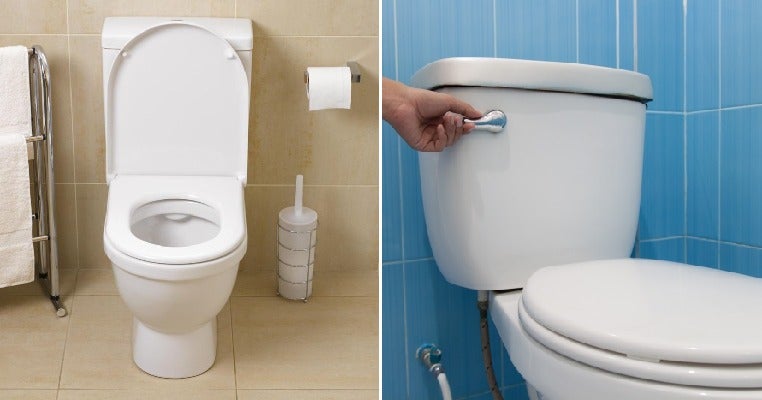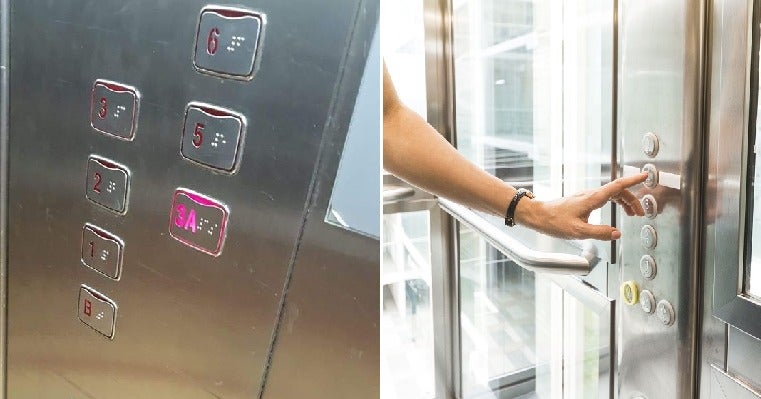If you’re not covering the toilet lid before you flush then you better start doing so before all the germs, viruses and bacteria fly all around the toilet and in other parts of your home. There have been studies before saying that when you flush a toilet without closing the lid, particles from the faeces and urine in the bowl will be almost everywhere in your bathroom, including your toothbrush.
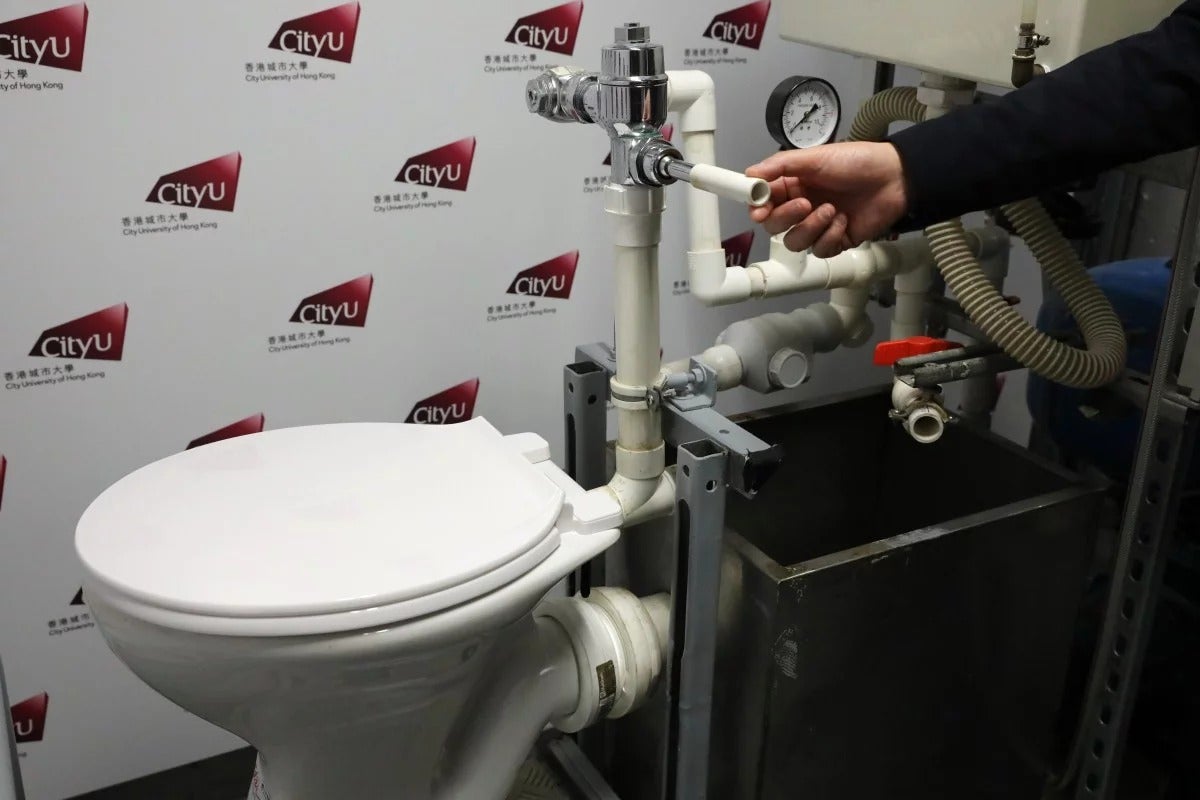
Source: SCMP
Now, a new study released by City University’s Department of Architecture and Civil Engineering in Hong Kong has confirmed this, but they also added that flushing the toilet with the lid up leads to the release of up to 80,000 polluted droplets and leaves them suspended a metre in the air for hours. The study was released on Thursday (Feb 13th).
The study showed that flushing can also lead to smaller bacteria particles becoming airborne and these are transmitted into surrounding areas through the droplets produced in flushing. This means that smaller particles such as the deadly coronavirus can spread via these water particles, SCMP reported.
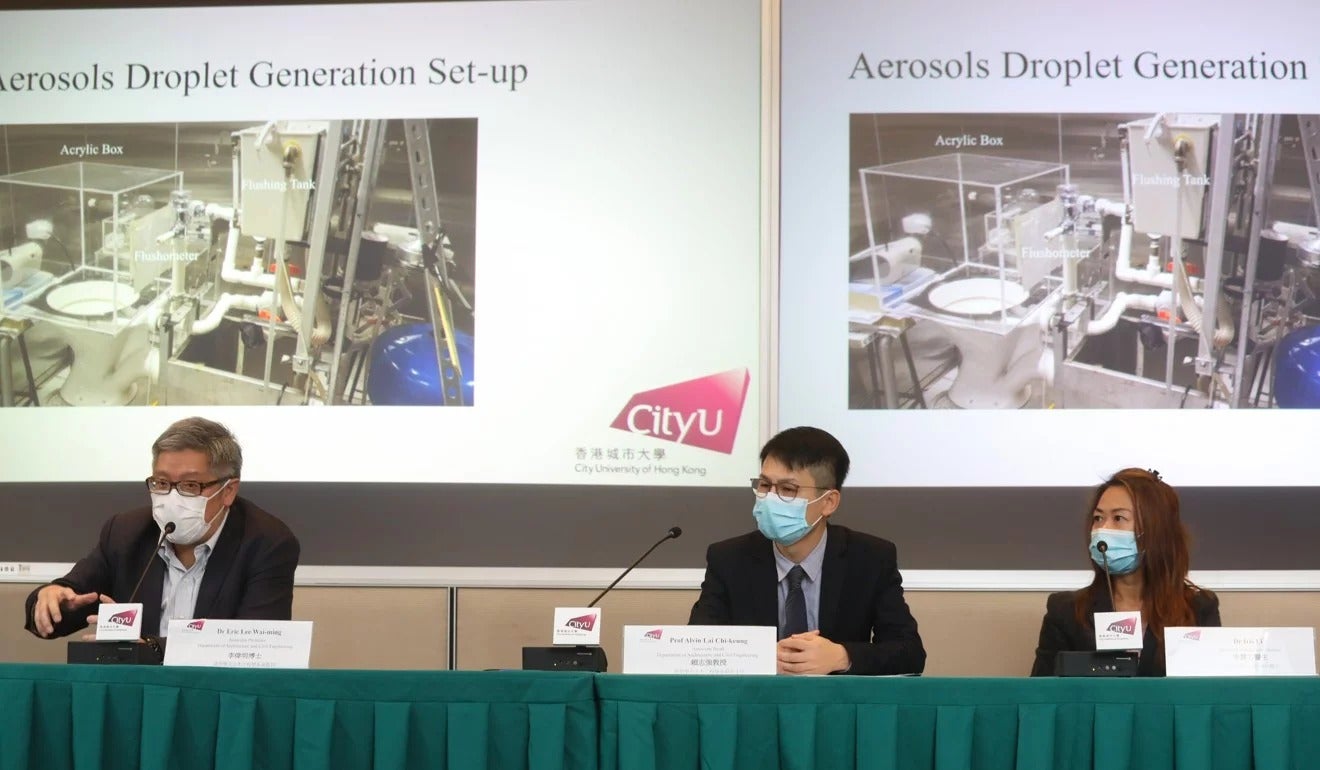
Source: SCMP
Alvin Lai Chi-keung, associate head of the department who led the year-long study, explained that the droplets created when someone flushes the toilet can rise up to a metre high, especially when the toilet is not covered. However, just closing the lid while flushing is not enough. There have been other studies that suggest these bacteria particles can still sneak out through the gaps between the toilet and its lid, even if it was lowered before flushing.
“Covering the toilet lid while flushing is definitely essential, but it should not be considered complete prevention,” he added. These recent findings were based on a study that was started years ago and Lai said he had no intention to add to public panic about the transmission of Covid-19.
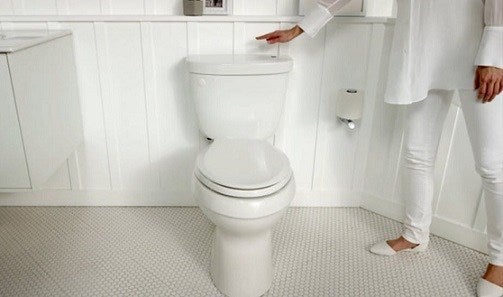
Source: Health Diary 365
Hence, Lai advises the public to clean their bathrooms thoroughly and regularly using diluted bleach, make sure that the room is well ventilated and close the door when it is not in use. He said that good ventilation in the washroom is necessary to prevent saturation of airborne bacteria.
By just turning on the exhaust fan for 15 minutes, 87% of airborne pathogens can be removed from the toilet space and if the fan is kept on for a further 15 minutes, only 2% of pathogens are left in the air. The whole toilet should be brushed and scrubbed properly to remove all bacteria that have adhered to the surfaces.
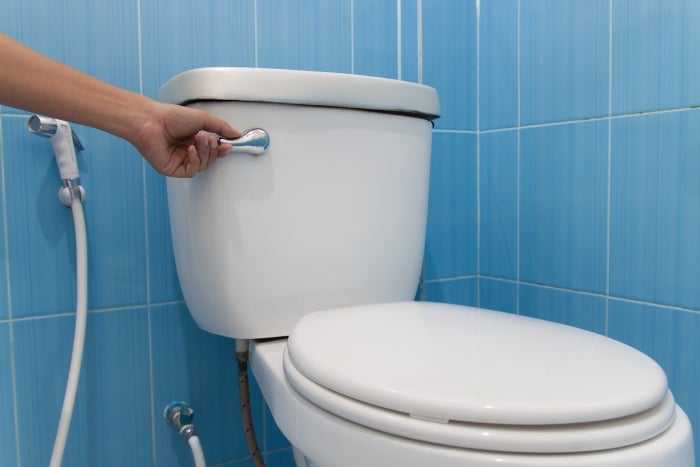
Source: CEN
Another professor said that closing the windows in the washroom during ventilation will avoid drawing the polluted air back inside. An associate professor also suggested that using a half flush when possible can reduce the amount of droplets produced in flushing.
Lai started the study to uncover the relationship between airborne aerosol droplets and the transmission of pathogens. It was discovered that using a mechanical flush from a cistern can produce up to 14,500 droplets ranging from 0.3 to 10 micrometres in size. For flush systems using a valve or flushometer, these can release up to 80,000 particles in the air.
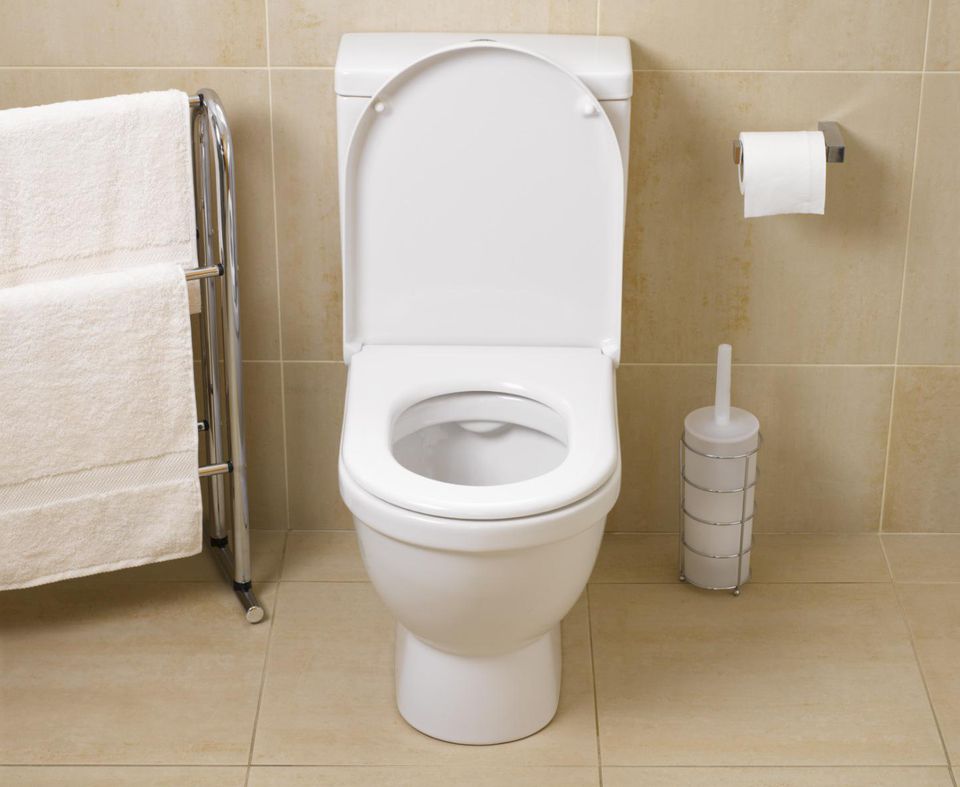
Source: The Spruce
That’s not all, Lai added that these polluted droplets can follow the airflow, which may then contaminate other parts of the household if the washroom was not sanitised and ventilated regularly. He said that closing the lid is absolutely essential but the particles can still cling to the lid and be released in the air on subsequent flushing.
Shanghai’s Health Commission had said that one can get infected with Covid-19 through aerosol transmission, which is defined as inhaling tiny particles or droplets of the virus suspended in the air. However, the World Health Organisation said that this has not been added to its list of transmission methods and further study is needed.
Even if there is no coronavirus now, it’s still a good idea to close the toilet lid at all times!
Also read: M’sian Doctor Advises Public to Minimise Contact with These 3 Things to Avoid Picking Up Viruses

